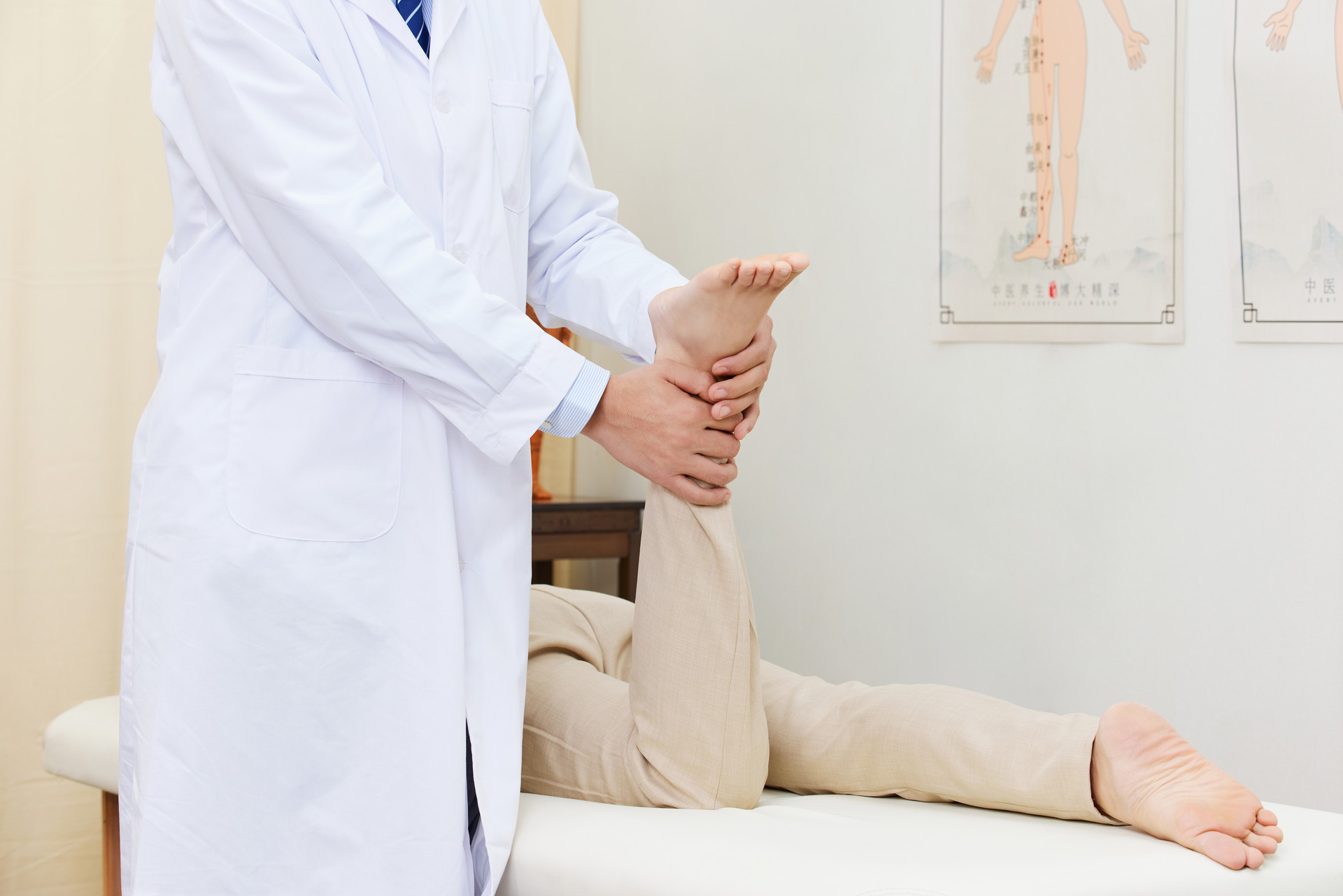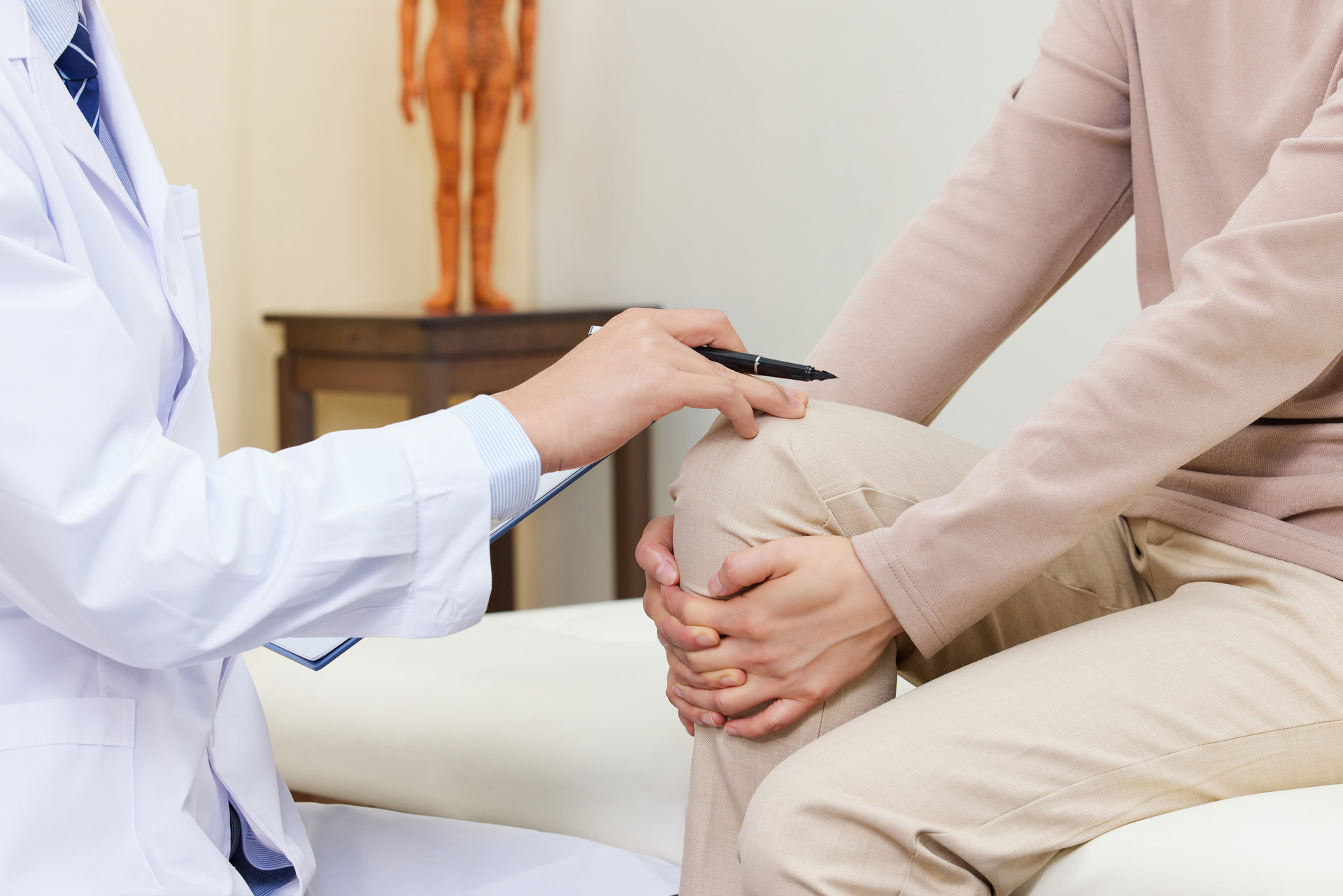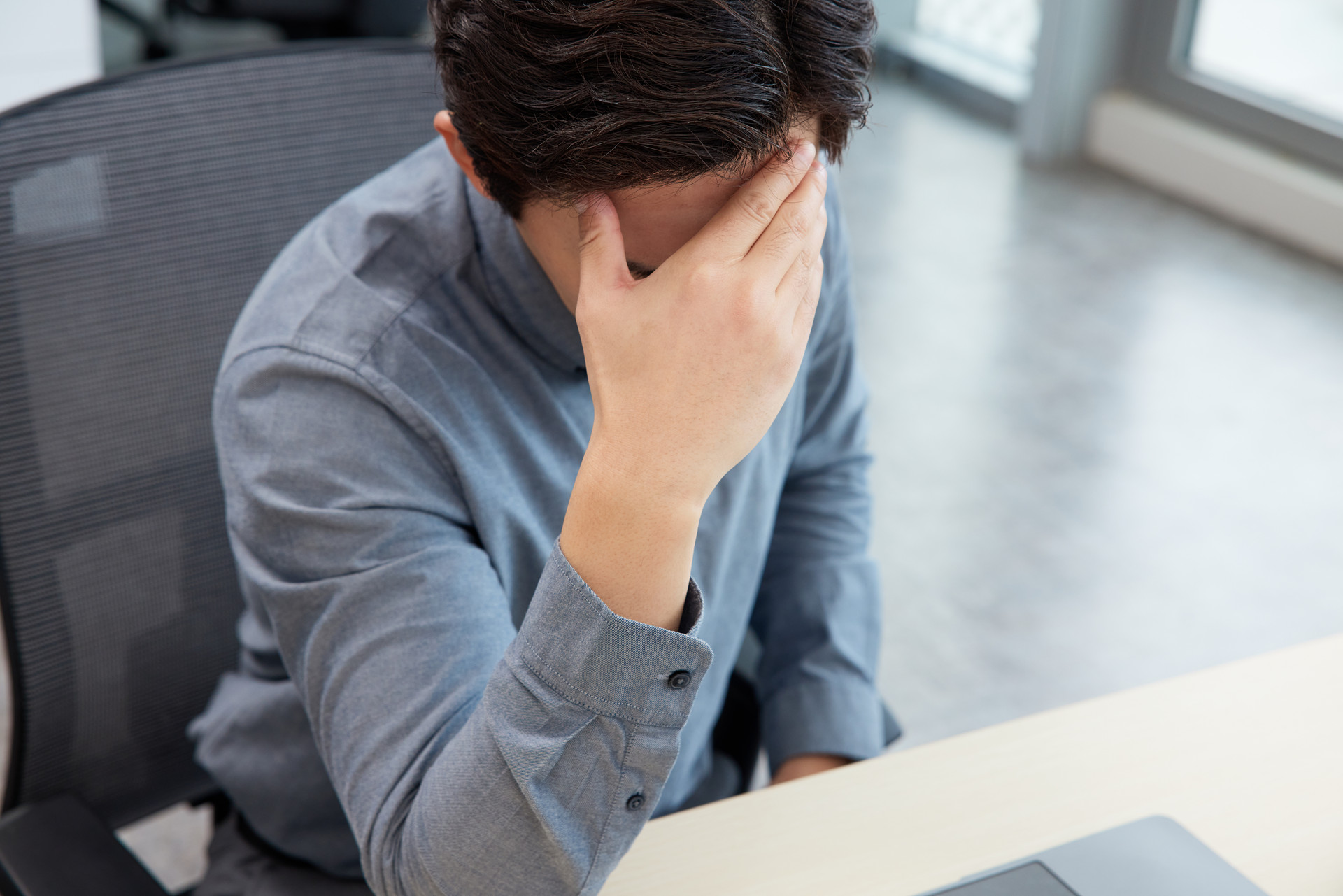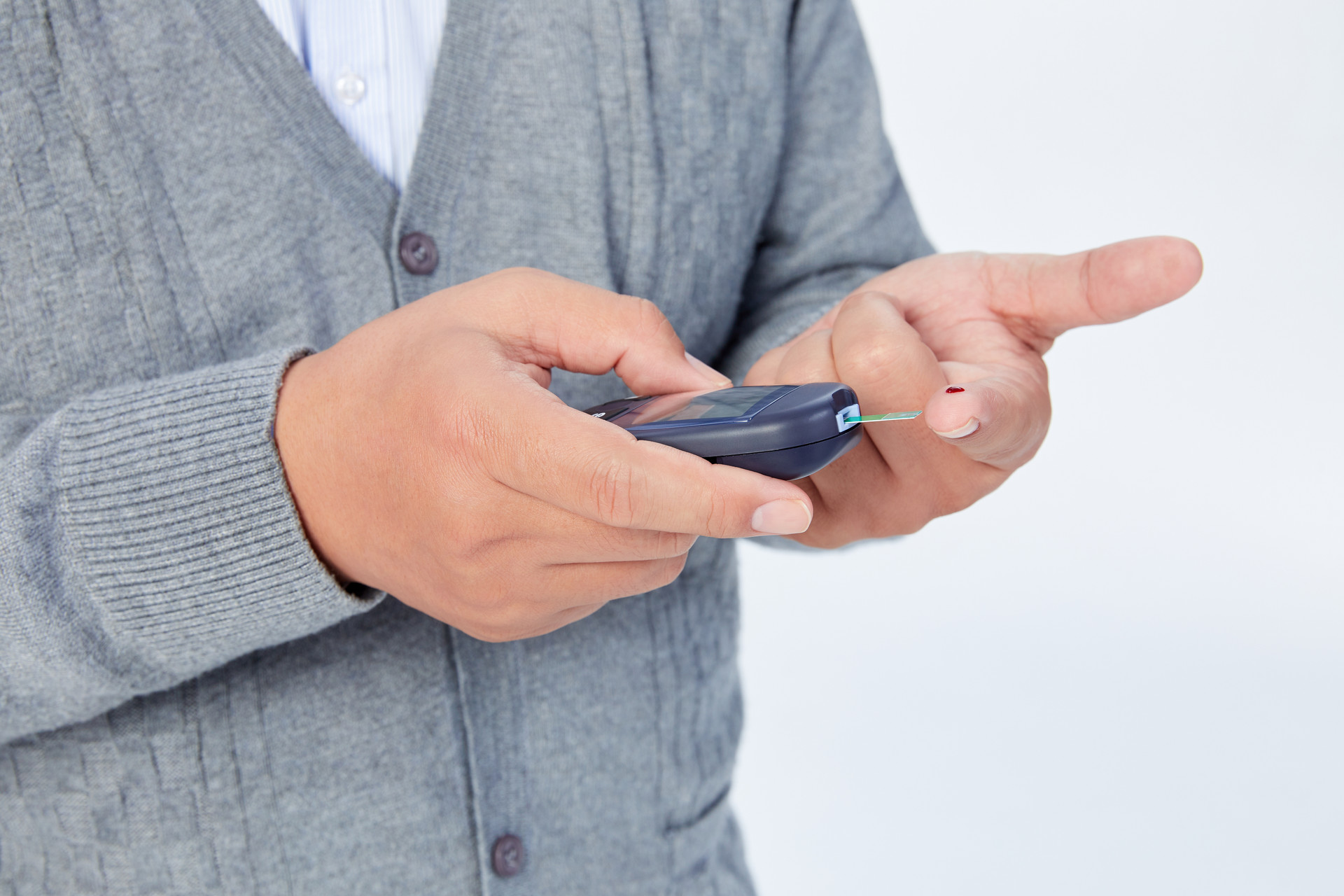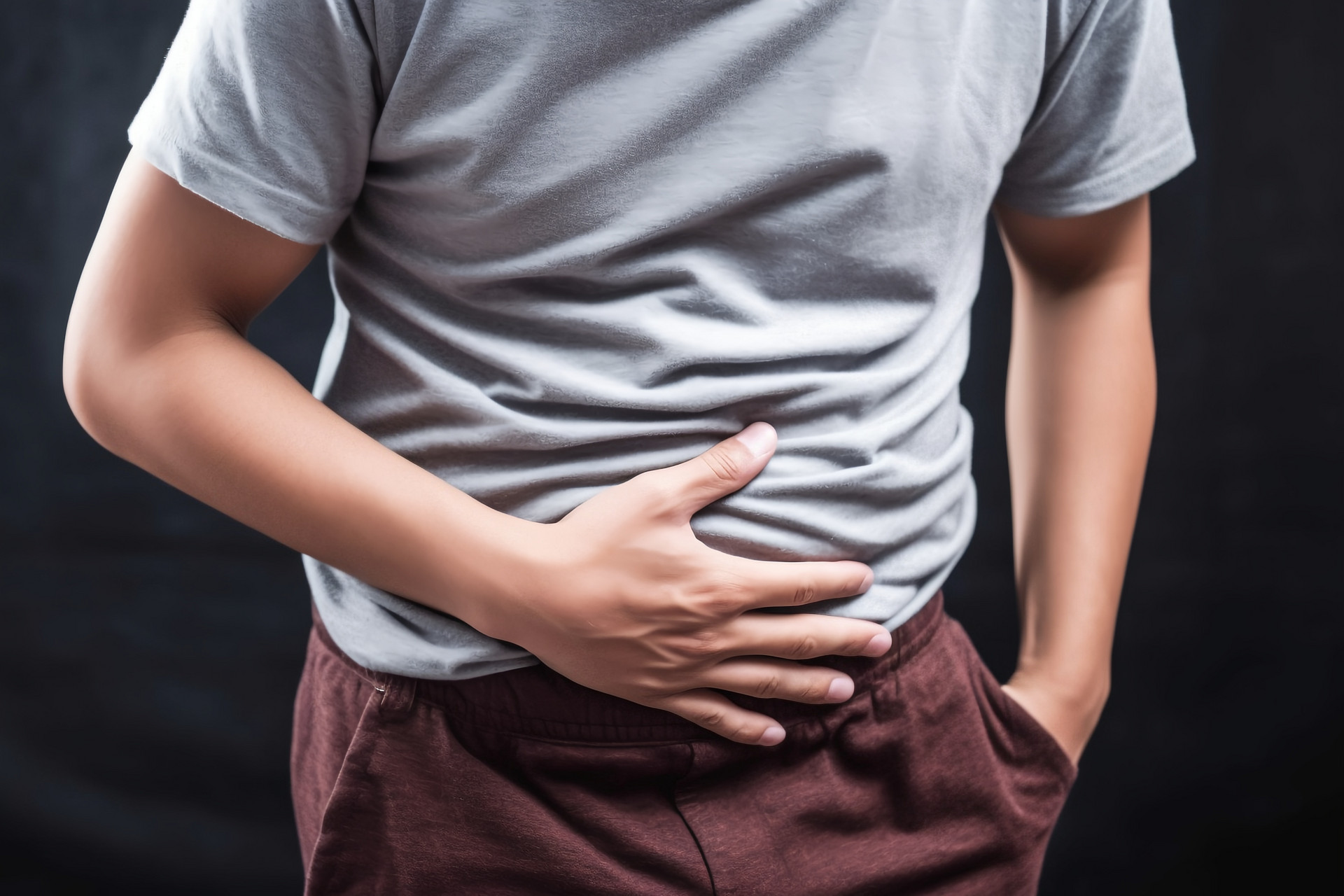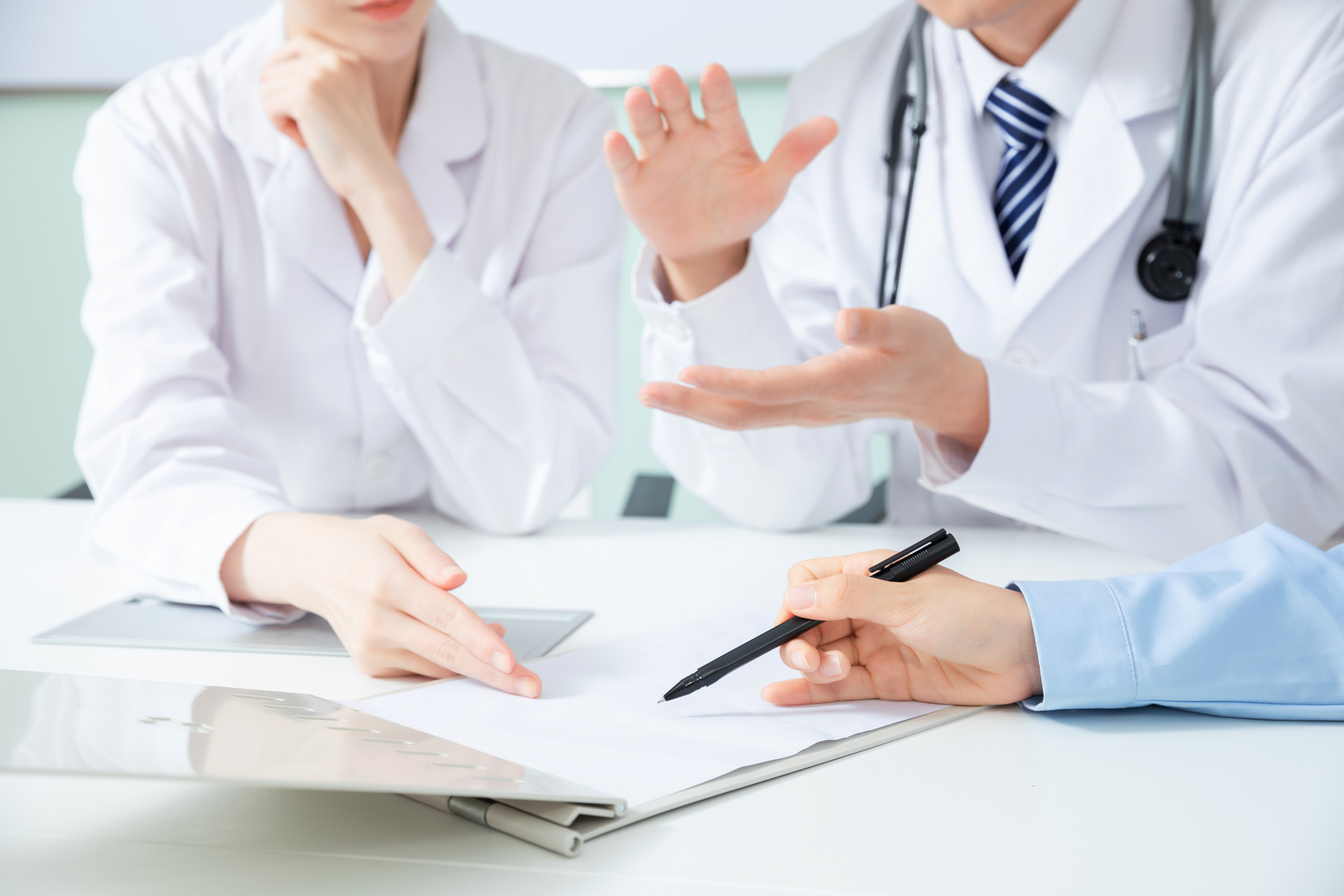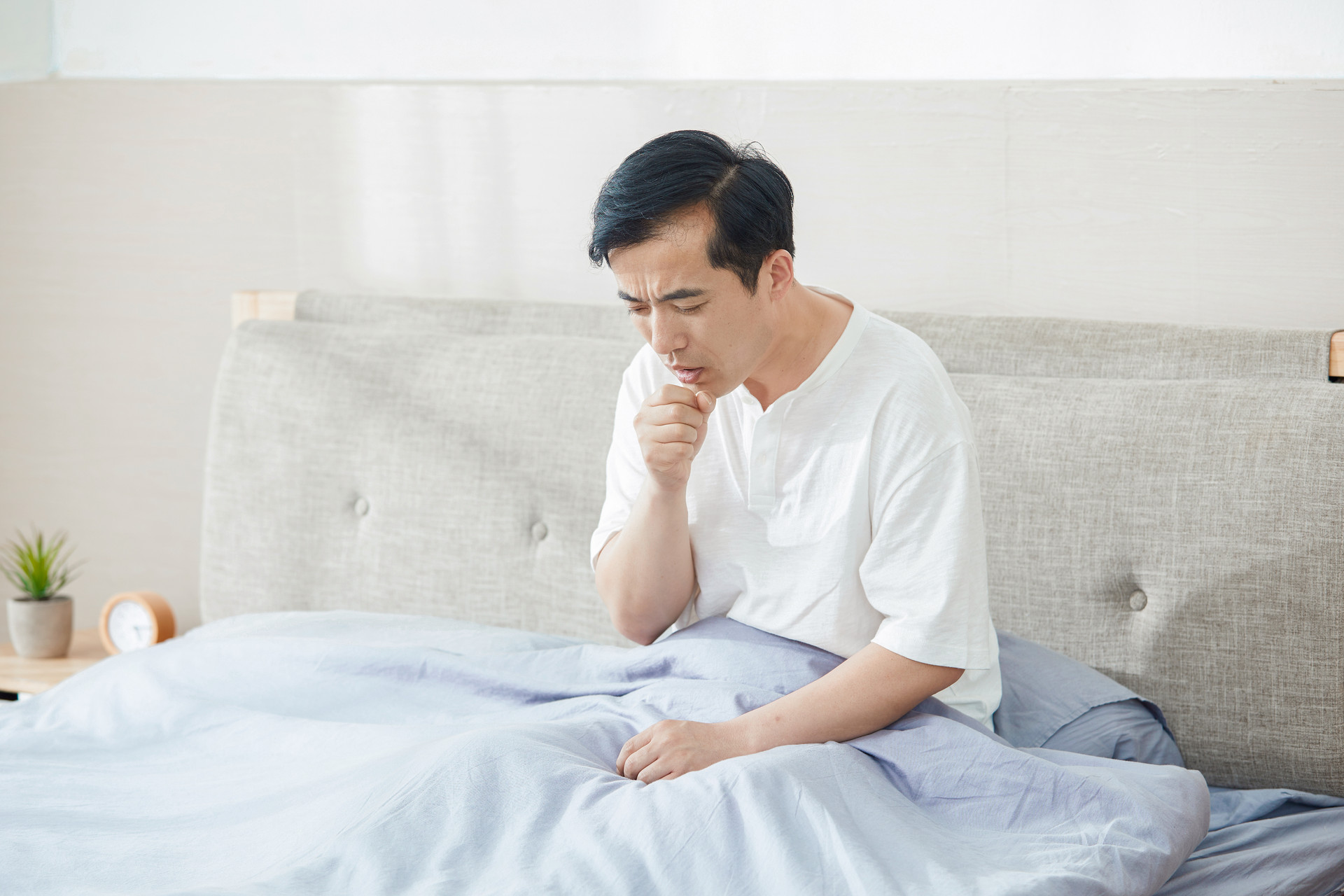Late summer and early autumn are good seasons for cycling exercise. However, recent news of two bicycle race champions being diagnosed with testicular cancer has led to speculation about whether these similar experiences are coincidence or if cycling increases the risk of testicular cancer in males.
According to BBC News, 37-year-old Italian cycling champion Ivan Basso experienced a minor crash during the fifth stage, injuring his left testicle. He continued to experience pain and was diagnosed with testicular cancer, leading him to return to Italy for treatment. Seven-time Tour de France winner Lance Armstrong was also diagnosed with testicular cancer.
Tumor experts from the Roswell Park Cancer Institute in the United States point out that there is no connection between the incidence of testicular cancer and general competitive sports, especially cycling races. The weight of cyclists is mainly on the perineum (the area between the genitals and anus), not on the testicles. In addition, there is no direct connection between testicular cancer and the banned substances used by athletes, as these substances mostly only increase the concentration of red blood cells without affecting hormone secretion.
Testicular cancer occurs between the ages of 20 and 40, and there have been no clinical cases of testicular cancer caused by frequent cycling or studies on this topic in domestic and international literature. However, taking certain supplements may increase the risk of testicular cancer. For example, a study from Yale University in the United States showed that taking muscle-enhancing supplements may increase the risk of testicular cancer.
Armstrong and Basso are both champions in the field of cycling, so it is easy for people to associate testicular cancer with their competitive activities. However, they also share another common factor, which is the age at which they were diagnosed with testicular cancer. Both Armstrong and Basso were diagnosed with testicular cancer at ages within the range of 20 to 40, which is the typical age range for testicular cancer.
It is important to detect testicular cancer in a timely manner, as the cause of testicular cancer is still not fully understood. Experts in the field suggest that men should learn to self-examine their testicles from the age of 30 to prevent potential problems. The best time to perform self-examination is after showering, as the scrotal skin is more relaxed and easier to examine.
The specific method for self-examination is as follows: stand upright and let the scrotum naturally hang down, use the palm of your hand to support the scrotum, observe and feel its size and weight. Gently pinch the testicle with both hands, with the thumb in front of the testicle and the index and middle fingers behind. Rotate the testicle gently with the index and thumb, checking its size, surface smoothness, presence of any hard lumps, tenderness, and any differences between the left and right testicles. If there are any abnormal lumps, it is important to be vigilant and seek medical attention early.
Although cycling is not strongly associated with testicular cancer, it is closely related to another type of cancer. A research team from University College London conducted the largest study of its kind, investigating the data of over 5,000 cyclists. The study confirmed that there is no relationship between cycling and male infertility, but it unexpectedly found a high incidence of prostate cancer among the participants. The study indicated that men over 50 who cycle for more than 9 hours per week have a 5-fold increased risk of being diagnosed with prostate cancer. The researchers pointed out that cyclists are not more likely to undergo medical check-ups than the general population.
"It is not ruled out that the prostate is subjected to excessive pressure over a long period of time," emphasized Dr. Mark Hammer, one of the researchers. He believes that the real risk lies with those who are particularly fond of cycling and spend more than 9 hours per week cycling, rather than regular commuters who use bicycles.
Another factor that cannot be ignored in prostate cancer, apart from exercise, is diet. The higher the intake of fat, protein, and cholesterol in the diet, the greater the risk of prostate cancer, and the dietary habits in Europe and America precisely meet these conditions.
Prostate cancer has a hidden onset, and there may not be obvious signs in the early stages. If male readers frequently experience symptoms such as frequent urination, urgency, and difficulty urinating, they can go to the hospital for screening. It is recommended that men over 50 and men diagnosed with prostate disease undergo prostate cancer screening annually. Whether it is testicular cancer or prostate cancer, early detection and treatment lead to better outcomes and prognosis.


